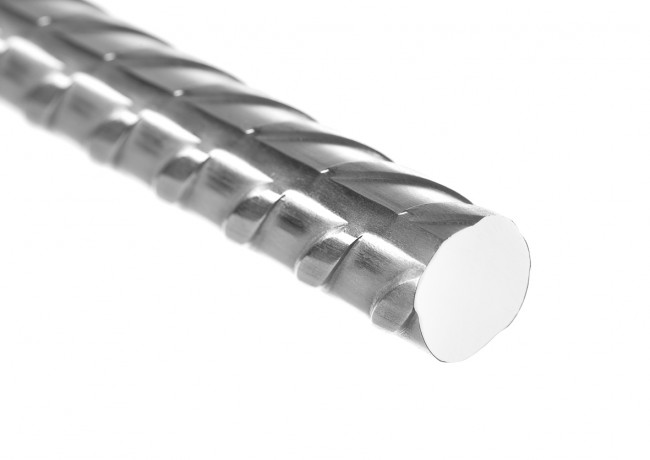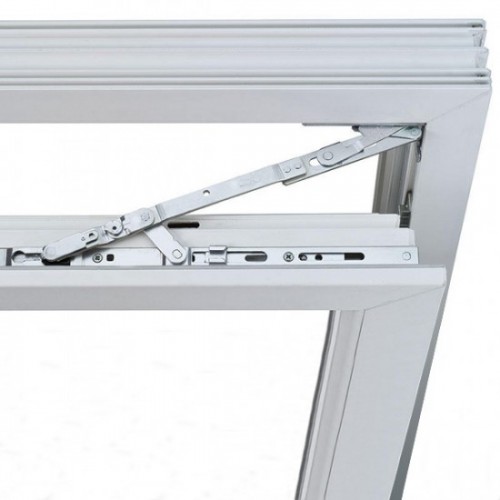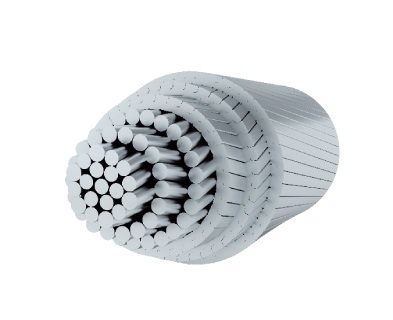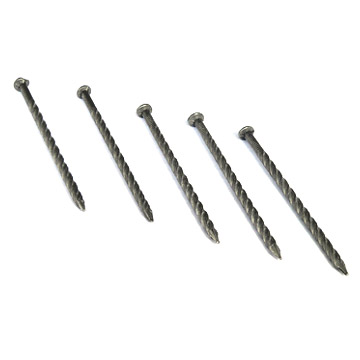From a former pioneer in reinforced steel bars to today’s leader in construction
It was in the early 1950s that the engineer and company founder Karl Fuhr developed a procedure for the ribbing of construction steel wire – marking the inception of the cold rolling process for reinforcing steels. On the basis of its uniqueness, this procedure was patented at that time and formed the foundation stone for the later continuous economic success of the company.
In the following decades, the possibilities of applying our rolling technology in building construction were successively extended: In bridge construction, the stranding machines for the construction of bridge cables are increasingly equipped with FUHR cables. Against the background of the steadily growing dimensions of suspension bridges, the material properties of these bridge cables acquire ever increasing importance.
In the construction of modern ultramodern cable cars, the greatest possible running smoothness and silence of the transport cabins is a key aspect. The carrier cables of these cable cars typically consist of cold rolled closed profiles in the sheath area, whose good surface characteristics provide the cable with additional protection against soiling.
The use of our technologies in building construction extends as far as the production of flat bands for the positioning mechanics of window systems. Today the economic production of these components can only be achieved by the use of cold rolling mills.
What started over 60 years ago with the production of reinforcing steel, has meanwhile established itself as a fixed processing procedure in the building industry.




